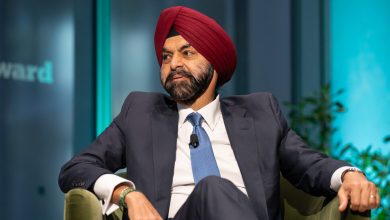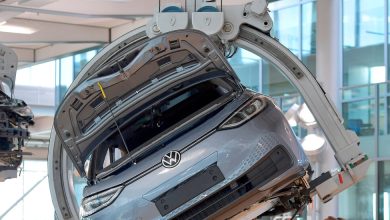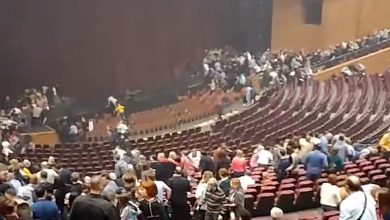Why India’s Opposition Can’t Get It Together

The last time Indians voted in a national election, in 2019, the Bharatiya Janata Party, led by Prime Minister Narendra Modi, won running away. But even then, more than 60 percent of voters cast ballots for other parties.
That Mr. Modi has established such dominance in Parliament despite falling well short of majority popular support is a reflection of a dysfunctional and fractured political opposition.
The main opposition party, the Indian National Congress, governed for decades after the country’s independence in 1947, guided by the Nehru-Gandhi dynasty. The party’s standing is now much reduced: In 2019, it won 52 seats in Parliament to the B.J.P.’s 303. It is not expected to do much better in this year’s election, which began on Friday and runs for six weeks.
Here’s why India’s political opposition is in such dire straits.
The Congress is a shell of what it once was.
The Congress, long positioned at India’s political center, has struggled to find a direction and offer an ideological alternative to the Hindu nationalist B.J.P. That has held back the broader opposition’s fight against Mr. Modi.
The Congress has faced a leadership crisis, a series of rebellions and bouts of infighting. Even after two consecutive losses to Mr. Modi, the party has stuck to its dynastic leadership. It has again put forward Rahul Gandhi, the son, grandson and great-grandson of Indian prime ministers, as its face in taking on Mr. Modi.





